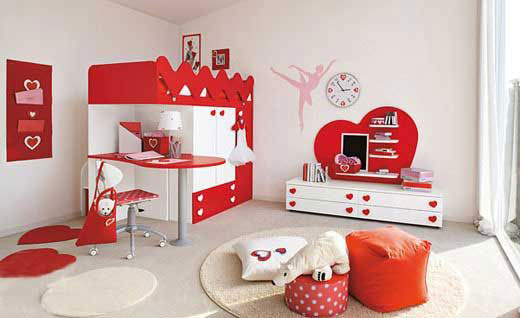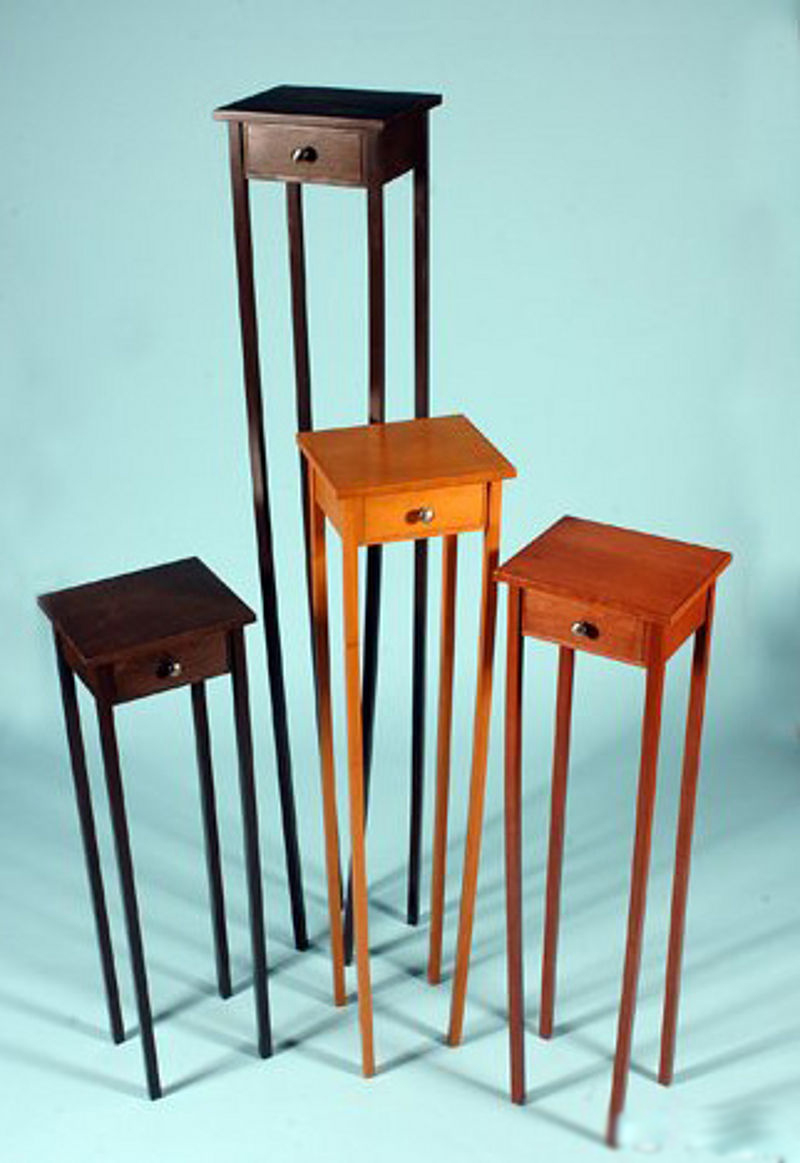On the Children's Day, Mr. Liu wanted to buy a children's combination bed as a gift for the 6-year-old daughter. However, for several weekends, the major home stores in Beijing have not been selected. Mr. Liu told reporters that "there is no shortage of children's furniture in the store, but each product is similar. The guides are also very diverse. There is no reference standard and no authoritative guidance. I really don't know who to trust."

In desperation, Mr. Liu initiated a call for help from reporters, and hoped that the reporter would help to recommend a combination bed with the best environmental performance. With questions, the reporter visited the major children's furniture stores in Beijing.
The standard of testing is mixed, and the environmental protection of children's furniture is worrying.
The reporter visited a number of Beijing home stores, and found that almost every store opened a special children's home area, the location is conspicuous and the area is also large. Children's furniture brands are even more dazzling. There are international brands such as Fulaisha and Mannich, as well as local brands such as Colorful Life and Ximengbao. However, the reporter found that the slogans produced in almost every brand store are all based on the words “environmental protection†and “personalityâ€, and the similarity is extremely high.
In order to more clearly distinguish the differences between the brands, the reporter asked the shopping guides of each store around the materials and testing standards. In the face of reporters' inquiries, the answer given by the guides is varied. The formaldehyde-only test standards include Japanese standards, European E1 standards, American standards, Swiss standards, and domestic furniture testing standards. However, in-store reporters can rarely see relevant test creatificate. Which standard is best for children's furniture? Which standard test children's furniture is the most environmentally friendly? The explanations of the guides are similar. They all say that their products are the most environmentally friendly and the products are most suitable for children. After several rounds of inquiries, the reporters still have a little knowledge of the environmental protection knowledge of purchasing children's furniture.

With questions, the reporter interviewed Yu Xiusu, secretary general of the Beijing Furniture Industry Association. Yu Xiusu told reporters that in addition to a few imported brands and well-known domestic brands applying foreign standards, most of the domestic children's furniture sets are the testing standards for adult furniture. The reporter's investigation was informed that there are currently more than 200 enterprises engaged in the children's furniture industry in China, 70% of which belong to small and medium-sized enterprises.
The industry pointed out that these companies have rough processes and opaque raw materials, and their environmental performance is worrying. Although some imported brands and some big brands will implement foreign standards, the huge children's furniture market can only be a drop in the bucket.
Environmental protection is not up to standard
China's formaldehyde content testing for furniture is currently in use in the GBGB18584-200 standard introduced in 2001. In this standard, the emission of formaldehyde is not more than 1.5mg/L. Yu Xiusu, secretary-general of the Beijing Furniture Industry Association, said in an interview with reporters that "this standard is too loose for children's furniture. The fact is that most of the domestic children's home furnishing enterprises adopt this standard."

Song Guangsheng, secretary general of the China Indoor Environmental Monitoring Committee, said in an interview that children's furniture, as a child-specific furniture, is usually placed in places where children, such as living rooms and kindergartens, often appear. Once a child has a problem, it is too dangerous for a child who is still developing. Song Guangsheng told reporters that the China Indoor Environmental Monitoring Working Committee has received too many cases of environmental pollution caused by children's household products.
Song Guangsheng pointed out that all kinds of harmful substances hidden in furniture are closely related to the health of children, and they are fatally harmful to the development of the brain and kidneys. Small ones lead to frail diseases, and serious consequences are unimaginable. In addition, the design safety, structural safety, and safety of use can not be ignored. One of the mistakes caused by children is unpredictable.
S Nonwoven Machine,Making Nonwoven Bags,Spunbond Non Woven Making Machine,Non Woven Box Bag Making Machine
ZHEJIANG YINFEN GROUP , https://www.yingfengmachinery.com